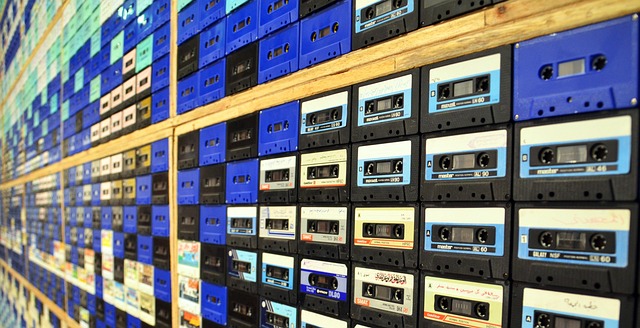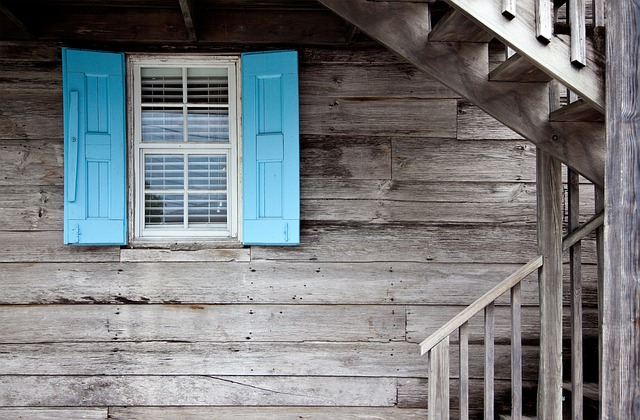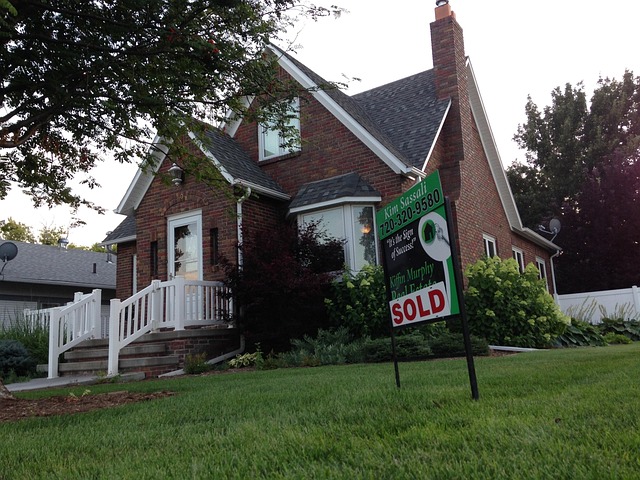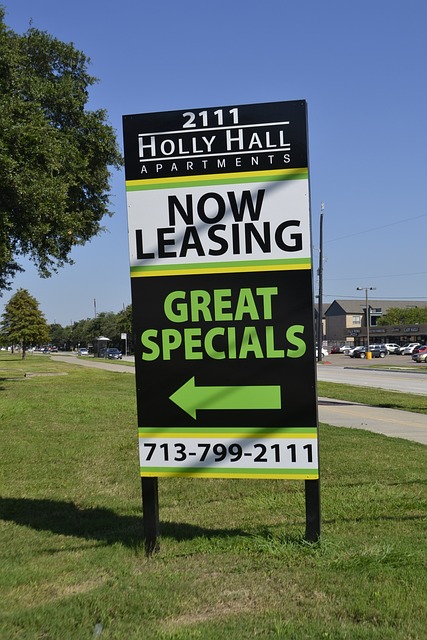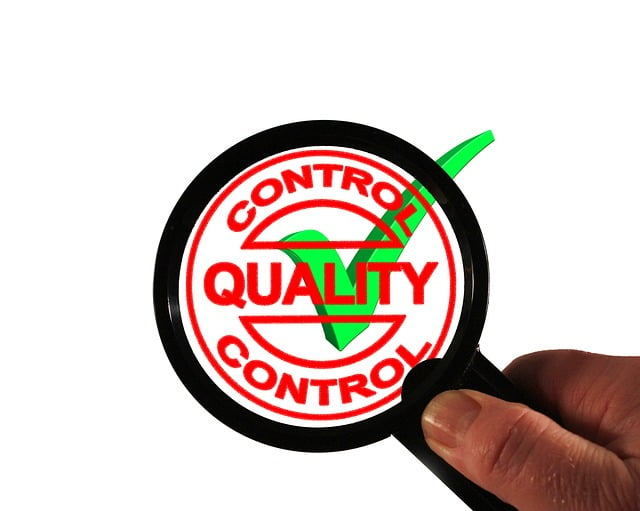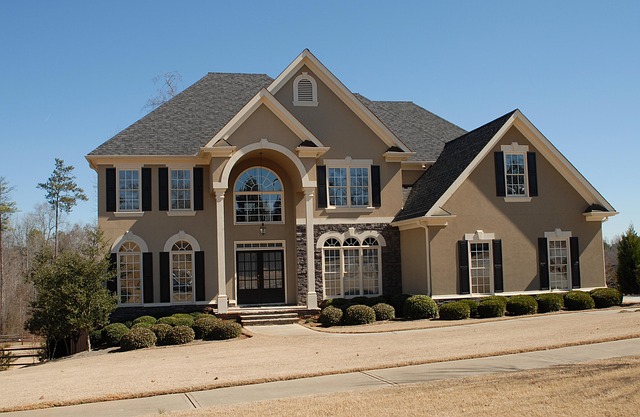Mold is a significant challenge in home flipping, impacting both renovation projects and property values. Caused by damp environments, older homes or water damage are at risk. Flippers must promptly address mold, removing affected materials, improving ventilation, and using specialized cleaning products to preserve the home's healthiness and value. Assessing mold hidden behind walls or in spaces with poor ventilation is crucial. Professional inspectors with specialized equipment can detect latent mold, aiding in budgeting remediation costs. Safe removal practices involve protective gear, proper ventilation, and secure disposal of contaminated materials. DIY solutions may not be effective; professional services ensure thorough removal of even pervasive mold infestations, enhancing indoor air quality. Legal disclosures are vital for integrity in real estate transactions, as many jurisdictions mandate sellers to reveal significant defects like mold. Post-remediation strategies include robust cleaning, addressing structural issues, and regular maintenance to prevent future mold growth, preserving high home value and healthiness.
Home flipping involves transforming properties into profitable assets, but navigating mold problems can make this process challenging. Understanding mold—its causes, health risks, and impact on home value—is crucial for flippers. This article guides you through assessing mold damage, safe removal practices, effective remediation options (professional vs DIY), legal considerations, and post-remediation strategies to prevent recurrence and maximize your return on investment. By following these steps, you can turn a moldy flip into a profitable success.
- Understanding Mold: Causes and Health Risks in Flipping Homes
- Assessing Mold Damage: How to Determine Its Extent and Impact on Property Value
- Safe Removal Practices: Protecting Yourself and the Environment During Home Flipping
- Remediating Mold Effectively: Professional vs DIY Solutions for Maximum Return on Investment
- Legal Considerations and Disclosures: Mold Transparency in Real Estate Transactions
- Post-Remediation Strategies: Preventing Recurrence and Boosting Home Value Through Repair
Understanding Mold: Causes and Health Risks in Flipping Homes
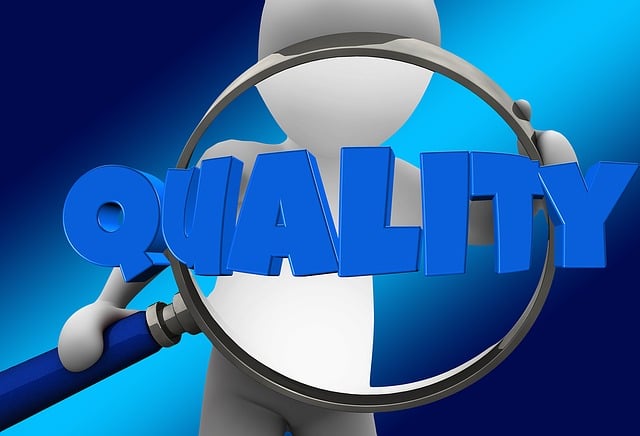
Mold is a common problem that can arise during home flipping, posing significant challenges to both renovation projects and property values. Understanding the causes and health risks associated with mold is essential for any flipper. Mold thrives in damp environments, making older homes or those with water damage particularly susceptible. Leaky pipes, roof leaks, or poor ventilation can create the perfect conditions for mold growth.
Exposure to mold can lead to various health issues, especially for occupants with allergies, asthma, or compromised immune systems. It’s crucial for flippers to address mold problems promptly and effectively. This may involve removing affected materials, implementing proper ventilation, and using specialized cleaning products to ensure a healthy living space and maintain the home’s value in the market.
Assessing Mold Damage: How to Determine Its Extent and Impact on Property Value

Assessing mold damage is a critical step in home flipping, as it can significantly impact both the property’s current condition and its future home value. Mold growth often occurs behind walls, in crawl spaces, or in areas with poor ventilation, making it essential to conduct thorough inspections. Flippers should look for signs such as discolored spots on walls, musty odors, warped drywall, and visible water stains, which could indicate hidden mold issues.
To determine the extent of mold damage, consider hiring a professional inspector who can use specialized equipment to detect even latent mold. This step is crucial because extensive mold can reduce a property’s home value by a considerable margin. Proper assessment ensures that flippers can budget accordingly for remediation, which not only restores the property to its pre-flip condition but also protects buyers and increases their confidence in the investment.
Safe Removal Practices: Protecting Yourself and the Environment During Home Flipping
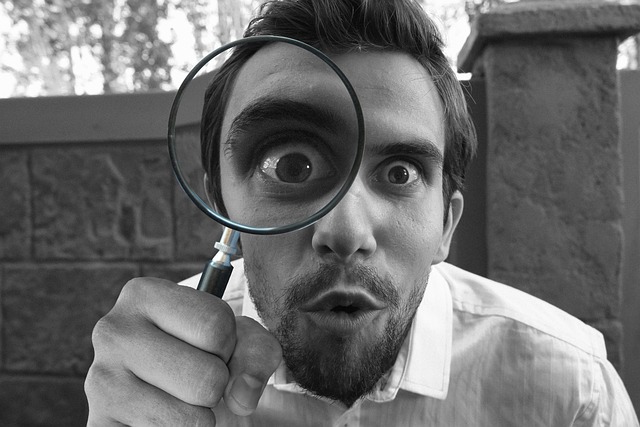
When flipping a home, addressing mold issues is crucial for both the health and safety of occupants and the preservation of property value. Safe removal practices are essential to ensure that mold doesn’t recur and that the environment isn’t compromised. This involves wearing protective gear, including masks, gloves, and goggles, to prevent exposure to mold spores. Proper ventilation is also critical; open windows and doors, and use fans or air purifiers to enhance airflow and reduce moisture levels.
Furthermore, it’s important to dispose of contaminated materials properly, such as bags, tools, and clothing used during the removal process. Avoid spreading mold to other areas of the house by containing the affected zones and using sealed containers for disposal. Regular cleaning and decontamination of equipment and work surfaces are also vital steps in safe home flipping practices, particularly when dealing with mold, which can negatively impact both human health and the overall value of a property.
Remediating Mold Effectively: Professional vs DIY Solutions for Maximum Return on Investment
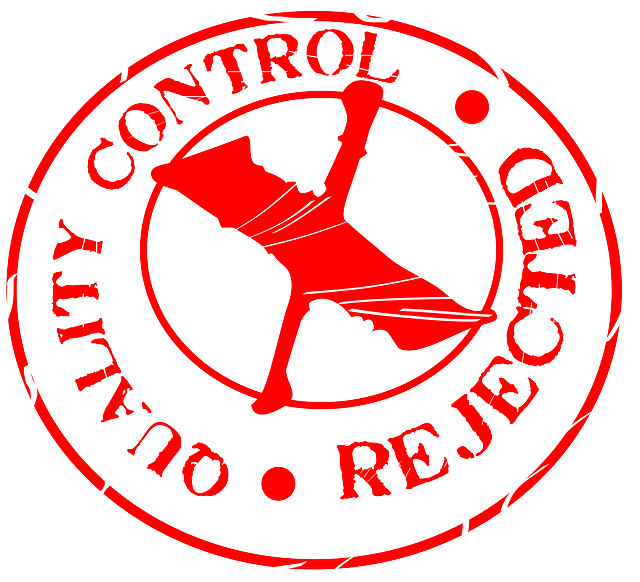
When addressing mold issues in a flipped home, effective remediation is key to maximizing return on investment. While do-it-yourself (DIY) solutions can be appealing for cost-savers, professional remediation offers several advantages that directly impact home value. Professional mold removal specialists are equipped with specialized equipment and extensive training to handle even hidden or pervasive mold infestations safely and thoroughly. They employ rigorous protocols, including air filtration systems and negative pressure zones, to ensure every trace of mold is eliminated.
In contrast, DIY methods often leave residual moisture and hidden pockets of mold, posing health risks and potentially reducing the home’s value. Professionals also provide peace of mind with post-remediation testing, guaranteeing that the space is safe for habitation and free from mold re-growth. This level of expertise can be especially critical in markets where buyers are increasingly conscious of indoor air quality, ensuring your flipped home appeals to a wider range of potential purchasers concerned about health and safety.
Legal Considerations and Disclosures: Mold Transparency in Real Estate Transactions
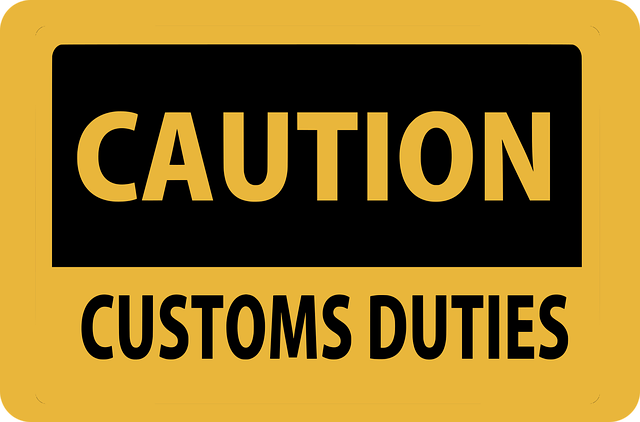
When flipping homes and dealing with mold problems, it’s crucial to understand the legal considerations and disclosures required in real estate transactions. Transparency about mold issues is essential for maintaining integrity in the home-selling process and protecting both buyers and sellers. Failure to disclose known mold problems can lead to legal repercussions and financial losses, impacting the overall home value.
In many jurisdictions, sellers are legally obligated to reveal any significant defects or potential hazards, including mold, that could affect a property’s safety and desirability. Disclosing mold issues upfront can help buyers make informed decisions and potentially negotiate repairs or adjustments in price. This transparency is a key factor in ensuring a smooth sale and minimizing disputes, ultimately preserving the value of both the home and the transaction.
Post-Remediation Strategies: Preventing Recurrence and Boosting Home Value Through Repair
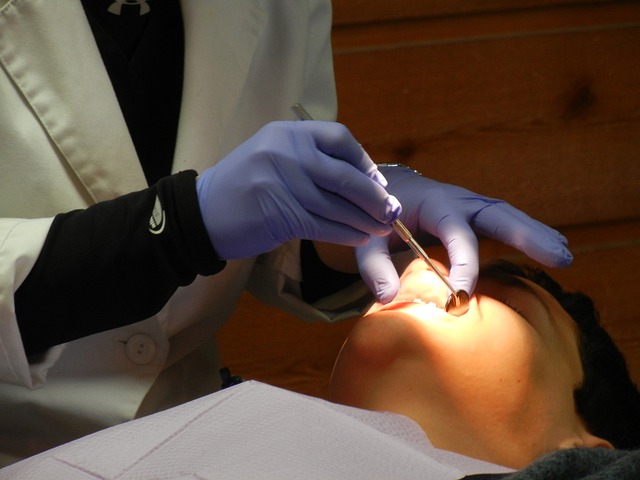
After successfully remediating mold in a flipped home, implementing robust post-remediation strategies is key to preventing future growth and enhancing the property’s value. This involves thorough cleaning and sanitizing of all affected areas to remove any residual spores. Additionally, addressing structural issues that may have contributed to the mold problem—such as poor ventilation or leaky pipes—is essential. Effectively fixing these underlying problems can significantly reduce the chances of mold recurrence.
To boost home value further, focus on repairing and upgrading the overall structure. This could include fixing walls, replacing flooring, and modernizing fixtures. These improvements not only make the house more aesthetically pleasing but also increase its market appeal. Regular maintenance and inspections are crucial to ensuring any potential mold issues are caught early, allowing for swift action and preventing costly repairs in the future.

